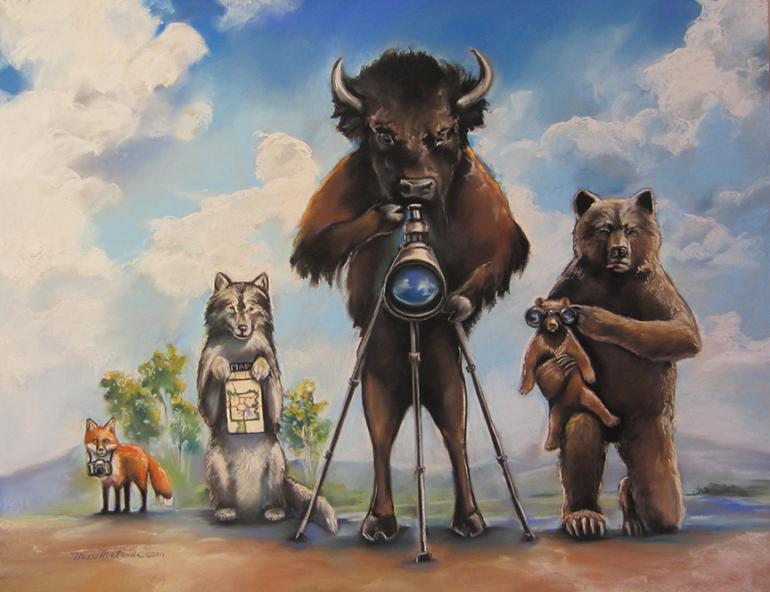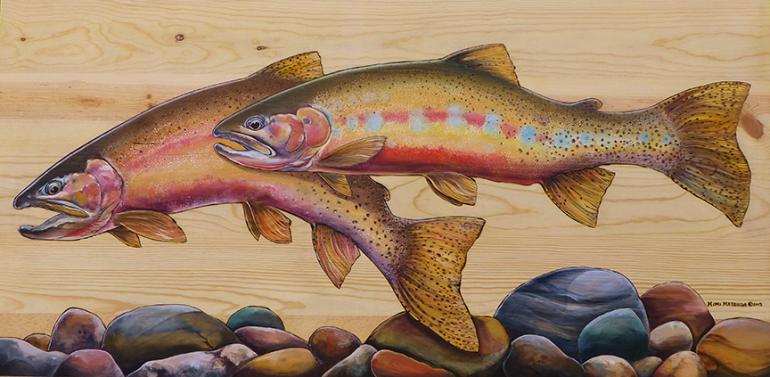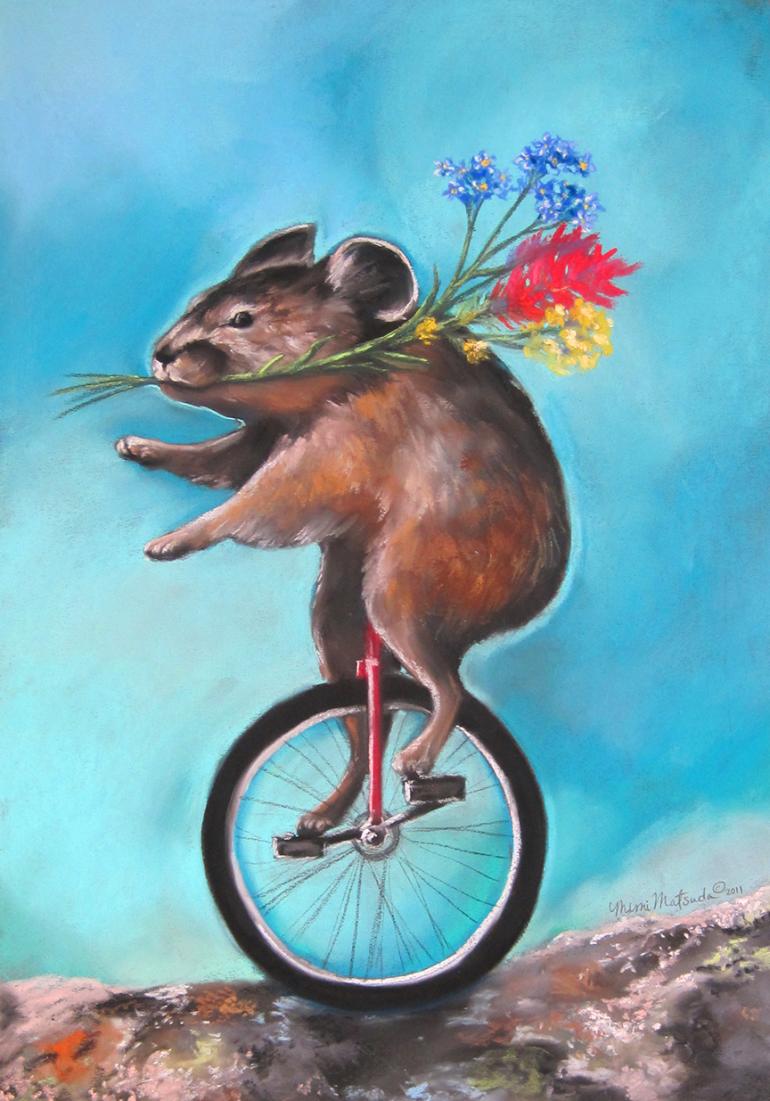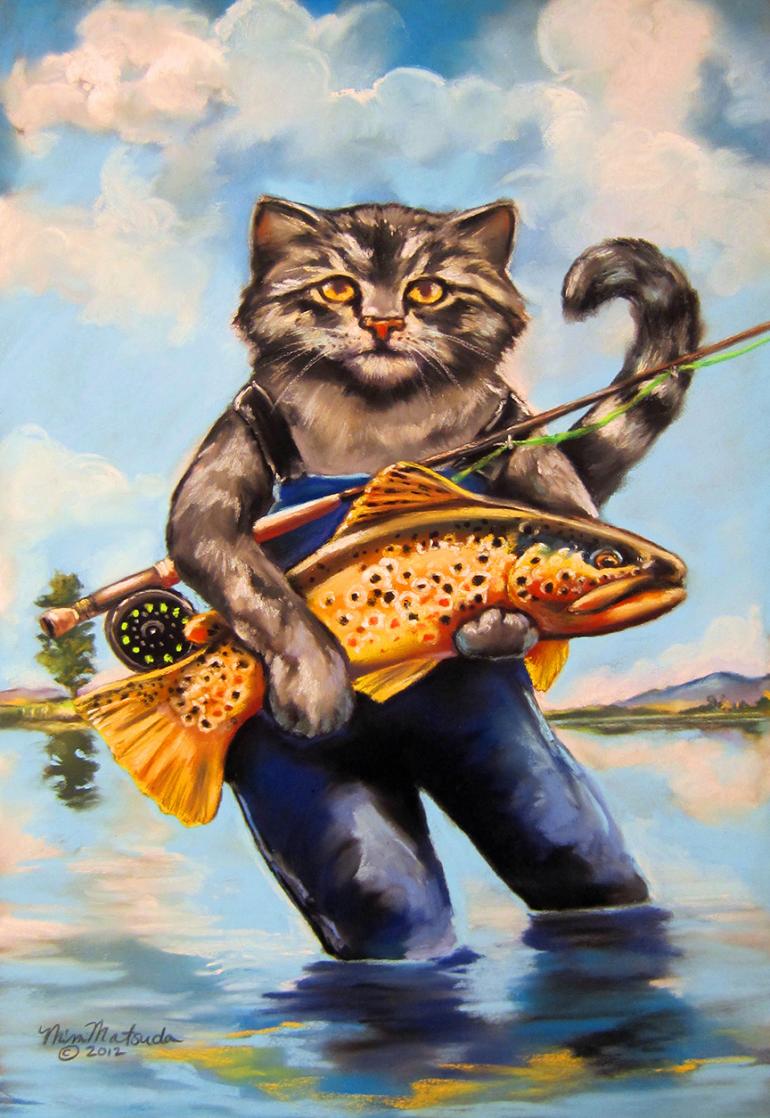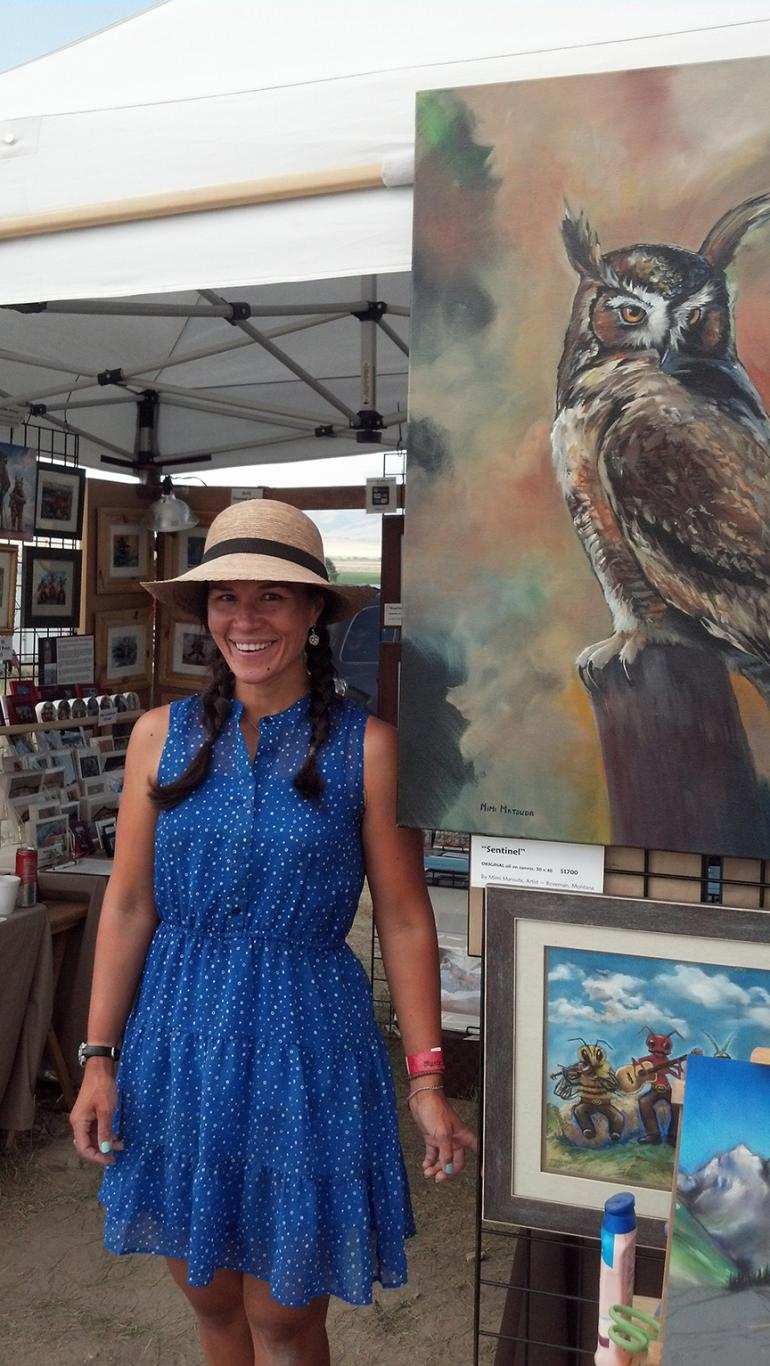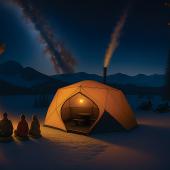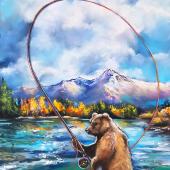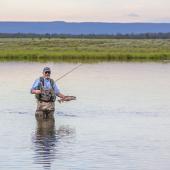Wildlife's Voice
Mimi Matsuda first visited Yellowstone when she was eight years old, wide-eyed at the beauty the Park had to offer. From the seemingly magic geysers to the unmatched wildlife, young Mimi drank it in. Amidst the crowds, she spotted a tan, flat-brimmed hat. The ranger under that hat provided endless knowledge on the Park, educating and serving as a voice for the wildlife and landscape. It was then that Mimi knew exactly what she wanted to be when she grew up.
And it didn’t take long—after attending Portland State, she spent her first summer out of college volunteering with the fisheries in the Park. Soon, she donned that flat-brimmed hat herself and became a full-time ranger naturalist. She lived and worked in the Park, led tours, and shared her passion with the Park’s many visitors. “It was just so amazing to wake up and see bison right out the window,” she says, chuckling and shaking her head.
Her work as a ranger enabled her to reach thousands of visitors over her ten-year career, leading hikes and talking about wildlife. Today, she uses her experience in the Park to reach even more people and help raise awareness about the animals by painting. “We live with wildlife,” she explains. “They’re our neighbors. It’s easy to forget that we are all just one big community.”
Her colorful paintings have it all, from majestic black bears to tiny pikas. “The entire cast is here,” Mimi says. One particularly striking piece is entitled Neighbor: a grizzly against a black background staring straight toward the viewer. “When I paint, I start from the eyes and move outward from there,” she explains. “I like to have a powerful gaze look right into the viewer’s eyes. It conveys a sense of connectedness… shows we aren’t so different.”
She grins as she describes viewers’ reactions to her work. “I feel so lucky that people can find an instant connection with my paintings. Even the little ones have something to say—if we can get them to appreciate wildlife, then we can continue to work toward a better future.”
Along with her wildlife portraits, she paints whimsical images depicting animals performing human-like tasks. One crowd favorite, entitled Wildlife, Watching, shows a lineup of animals posing as Yellowstone tourists, taking photos, looking at a map, searching through binoculars. “Everyone has something to say about this one,” she says. “It’s so funny, but it says so much about the way people view wildlife.”
While her fantasy pictures usually garner a giggle, they also serve to prove a point. In another painting, a pika rides a unicycle with flowers in its mouth. The pika is an ecological indicator of climate change; as the temperature increases, the pika is forced farther into the mountains, as the plants they live on cannot survive in warmer temperatures. “This little guy is moving forward, adapting to the change, carefully balanced on his unicycle as he works to survive,” she says.
Mimi’s educational efforts also go beyond her paintings. Many of her works’ proceeds have gone to educational, environmental, and nonprofit organizations including Montana Outdoor Science School, the Museum of the Rockies, Trout Unlimited, and more. “As an artist, it’s super cool to be able to paint my passions and funnel funds in order to help them. Not only do I get to express my love for the wildlife, but I get to help them directly. It gives me goose bumps just thinking about it.”
Her work speaks beyond the borders of Montana, and her postcards can be found across the United States. "I want to see how far my work can go," she says. "Maybe one day we'll see my work around the world." This dream may not be far off, as her paintings have already shown up in South America. "There's a big fly-fishing community down there. My trout work is easily understood."
The future sees Mimi continuing her education through art, and possibly a little art education of her own. One day, perhaps, she’ll sit on a mountainside, viewing the wildlife she has always loved, surrounded by students eager to learn her ways and continue her legacy. “It’s a huge, powerful thing to be able to record an experience through art, and I would love to able to teach others how to do that.”
In the meantime, she’s more than happy to be doing what she’s doing. “I feel lucky to be where I am. I have so much in my head that needs to be created,” she says with a laugh.
Keep an eye out for Mimi’s work around town and at mimimatsudaart.com.


